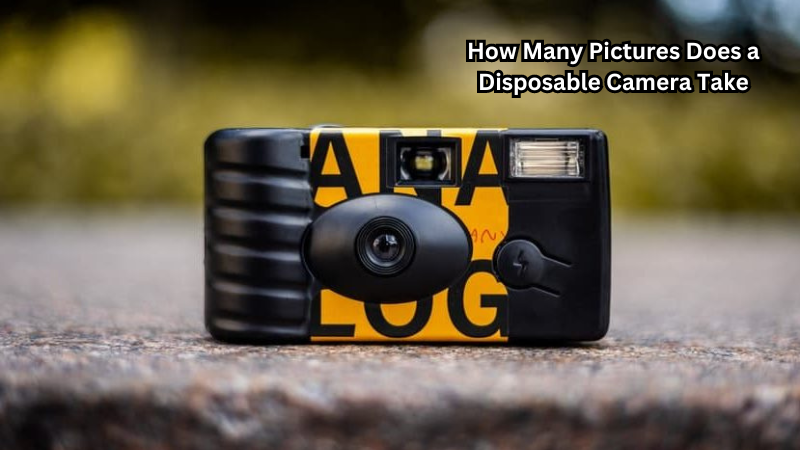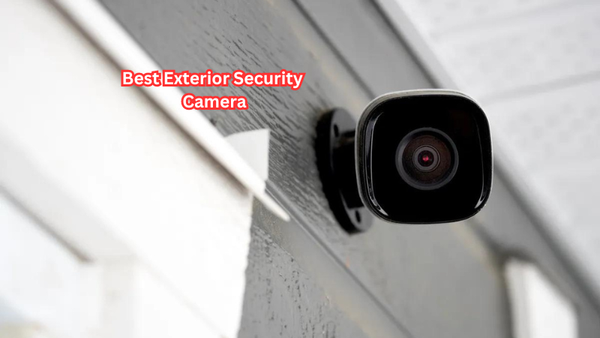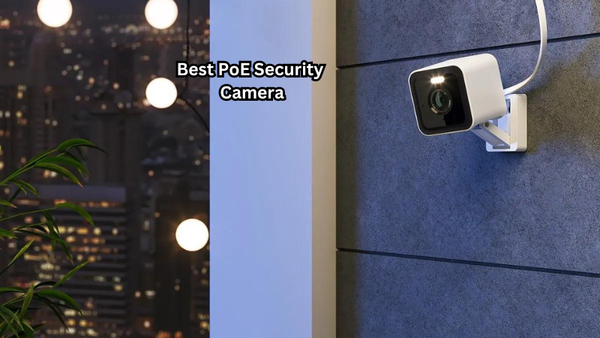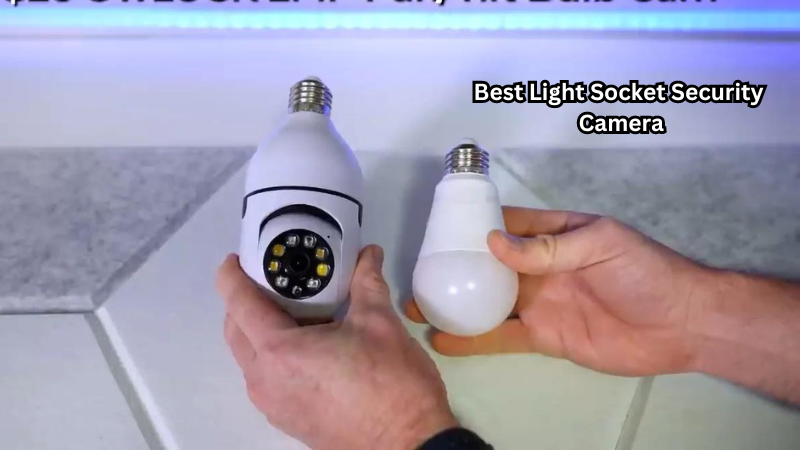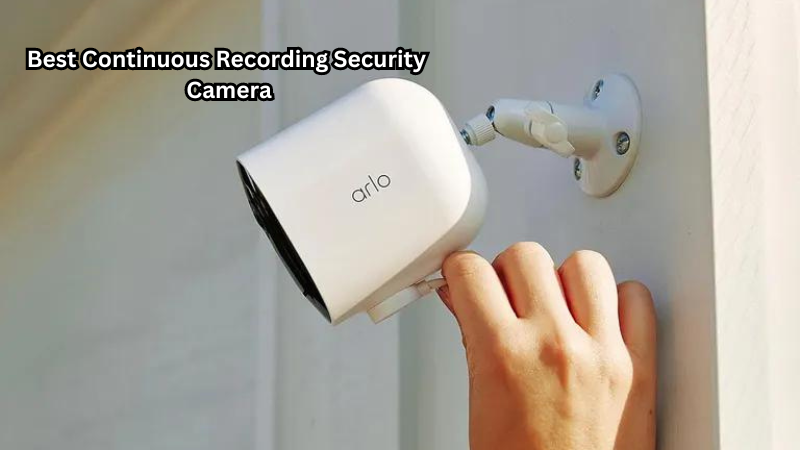The widespread adoption of security cameras marks a significant milestone in the evolution of surveillance technology. Over the years, these vigilant electronic eyes have transitioned from rare installations to ubiquitous fixtures in modern society, reshaping how we perceive and approach security.
The journey to commonplace usage began in the mid-20th century with pioneering developments in closed-circuit television (CCTV) systems. As technological advancements accelerated, security cameras became more affordable, compact, and accessible to a broader audience.
This democratization of surveillance tools revolutionized how businesses, governments, and individuals safeguard their assets and ensure public safety, leading to the prevalent integration of security cameras into everyday environments.
This guide explores the key milestones in the evolution of security cameras, highlighting when they became commonplace and how they continue to evolve today.
When Did Security Cameras Get Invented?
The first known use of a security camera dates back to 1942, during World War II, when they were used to monitor V-2 rocket launches in Germany. However, the modern-day iteration of surveillance cameras can be traced back to the creation of CCTV systems in 1949 by German engineer Walter Bruch. CCTV cameras were initially used for commercial and industrial purposes, such as monitoring production processes and traffic flow.
These early cameras were bulky and expensive, making them accessible only to government agencies and large corporations. It wasn't until the 1970s that security cameras became more affordable and widely available for public use.
When Did Security Cameras Become Common in Public Spaces?
Now, we tell you when and how security cameras started becoming common in public spaces. We divide this answer into five sections, covering the most relevant events that pushed security cameras to become ubiquitous nowadays.
Early Development and Initial Use (1940s-1950s)
The first major step towards the widespread adoption of security cameras was the development of closed-circuit television (CCTV) systems in the late 1940s. These early CCTV systems, as mentioned previously, were used for commercial and industrial purposes.
In the 1950s, CCTV technology expanded from Germany to other countries, including the United States and Japan. During this time, security cameras were still relatively expensive and primarily utilized by government agencies and large companies. First, security cameras were used to monitor traffic and public spaces, such as train stations and airports.
Commercial and Public Sector Adoption (1960s-1970s)
In the 1960s, CCTV technology continued to advance, making security cameras more affordable and accessible to a broader audience. This led to their widespread use in commercial settings, such as banks, retail stores, and public transportation systems.
In the 1970s, security cameras started being used for public safety purposes, with the installation of surveillance systems in high-crime areas and at major events. This marked the beginning of security cameras becoming common fixtures in public spaces.
Technological Advancements and Increased Usage (1980s-1990s)
The 1980s and 1990s saw significant technological advancements in security cameras, making them smaller, more affordable, and easier to use. This led to a surge in their usage, particularly in the retail industry for theft prevention.
Additionally, with the rise of terrorism and crime rates, security cameras have become an essential tool for law enforcement agencies worldwide. Governments began investing in surveillance systems to monitor public spaces and deter criminal activities.
Digital Age and Widespread Deployment (2000s-2010s)
The dawn of the digital age in the 2000s saw a shift from analog to digital security cameras, significantly improving their image quality and storage capabilities. This made them even more popular for both commercial and public use.
Furthermore, with rising concerns about privacy and civil liberties, regulations were put in place to ensure responsible usage of security cameras. As a result, their deployment became more widespread, covering not only busy public areas but also residential neighborhoods. Sliding surveillance camera prices and the advent of wireless technology made it easier for individuals to install their own security cameras for added protection.
Current Trends and Future Directions (2020s-Present)
In recent years, there has been a significant increase in the use of artificial intelligence (AI) and advanced analytics to enhance security cameras' capabilities. These technologies enable real-time monitoring and automated threat detection, making security cameras more effective in identifying potential threats.
Moreover, the COVID-19 pandemic has accelerated the adoption of security cameras in public spaces for health and safety purposes, such as monitoring mask-wearing compliance and crowd control. As technology continues to advance, it is likely that we will see an even greater integration of security cameras into our daily lives.
So, security cameras invented in the mid-20th century, but it wasn't until the 1970s that they started becoming commonplace and accessible to the general public.
When First Video Home Security System?
The first video home security system was invented in 1969 by Marie Van Brittan Brown, a nurse from New York City who wanted to increase her and her family's safety. The system consisted of peepholes, a camera that could slide up and down to look at different angles, and a monitor that displayed the images captured by the camera.
From this initial invention, we have seen tremendous progress in home CCTV security systems, with advancements in technology leading to wireless cameras and remote access capabilities.
Today, video home security systems are commonplace and offer many features, such as motion detection, night vision, and smartphone alerts. Video surveillance cameras have come a long way from their humble beginnings and continue to evolve and improve as technology advances.
Types of Security Cameras Today
There are various types of CCTV security cameras available in the market today, each with its own unique features and purposes. Some of the most common types include:
- Dome Cameras – These are typically used for indoor and outdoor surveillance and have a dome-shaped cover to make it difficult to determine where the camera is pointing.
- Bullet Cameras – These are long, cylindrical-shaped cameras often used for outdoor monitoring due to their weather-resistant design.
- PTZ (Pan-Tilt-Zoom) Cameras – These can rotate horizontally and vertically, allowing them to cover a wide range of areas. They also have zoom capabilities for closer inspection of objects or individuals.
- Thermal Cameras – These use infrared technology to detect heat signatures and can be helpful in low-light or dark environments.
- Wireless Security Cameras – These cameras use Wi-Fi or Bluetooth technology to connect to a network, making them easy to install and relocate. IP cameras are a popular type of wireless camera.
- Smart Cameras – These cameras utilize AI and advanced analytics to provide intelligent features such as facial recognition, object detection, and automated alerts. They can also be integrated into smart home systems for added convenience.
Modern security cameras and CCTV system technologies continue to evolve and improve, making them an essential tool in maintaining safety and security in both commercial and residential settings. Digital technology and advancements in AI are sure to bring even more exciting developments in the future.
Benefits of Surveillance Cameras
The advancement of security cameras has brought about numerous benefits, including:
- Crime Prevention and Deterrence – The presence of surveillance cameras can act as a deterrent to criminal activities. Knowing they are being watched can discourage individuals from engaging in illegal behaviors.
- Evidence Collection – In the event of a crime, surveillance footage can provide valuable evidence for law enforcement agencies to investigate and prosecute criminals.
- Remote Monitoring and Access – With advancements in technology, it is now possible to access live or recorded footage remotely via smartphones or other devices. This allows homeowners and business owners to monitor their properties even when they are away.
- Enhanced Safety and Security – Surveillance cameras can help prevent accidents and monitor potential safety hazards in public areas. They can also provide added security for homes, especially in remote or high-crime areas.
- Convenience – With wireless and smart camera technologies, installing and managing surveillance systems has become more convenient and user-friendly.
History of surveillance cameras, current trends, and future directions. Learning about the evolution of security cameras allows us to appreciate their significance in our modern society better.
The First High Definition of Security Cameras
The first high-definition (HD) security cameras were introduced in the early 2000s, providing a significant improvement in image quality compared to traditional CCTV cameras. These cameras had a resolution of 720p and could capture more detailed footage, making it easier to identify objects and individuals.
As technology continued to advance, we saw the introduction of Full HD (1080p) security cameras in the late 2000s. These cameras further improved image clarity and became the standard for most surveillance systems.
Today, we have Ultra HD (4K) security cameras that offer even higher resolutions and sharper images. With advancements in video compression technology, these cameras can also store larger amounts of data without sacrificing image quality.
FAQs
Did security cameras exist in the 70s?
Yes, security cameras were first invented in the mid-20th century but became more accessible to the general public in the 1970s.
How common are security cameras?
Security cameras are quite common today, with millions of homes and businesses using them for surveillance purposes. As technology continues to advance, we can expect to see even more widespread use of security cameras in the future.
Are there privacy concerns with security cameras?
While security cameras can provide many benefits, there are also valid concerns about privacy. It is essential to follow laws and regulations regarding the use of surveillance systems and respect individuals' right to privacy. However, with proper installation and responsible usage, security cameras can greatly enhance safety and security for everyone.
Do people feel safer with security cameras?
Studies have shown that the presence of security cameras can make people feel safer, especially in public areas. Knowing that their surroundings are being monitored can provide a sense of security for individuals.
Conclusion
In conclusion, the prevalence of security cameras in modern society reflects a paradigm shift towards enhanced surveillance and security measures. From their modest beginnings in the late 20th century to becoming ubiquitous features in the early 2000s, security cameras have evolved into indispensable tools for safeguarding various environments.
The widespread adoption of these devices underscores a collective recognition of the importance of monitoring and protecting spaces, assets, and individuals. As security concerns persist and technology advances, security cameras have firmly established themselves as commonplace fixtures, contributing significantly to peace of mind and safety in our communities.

